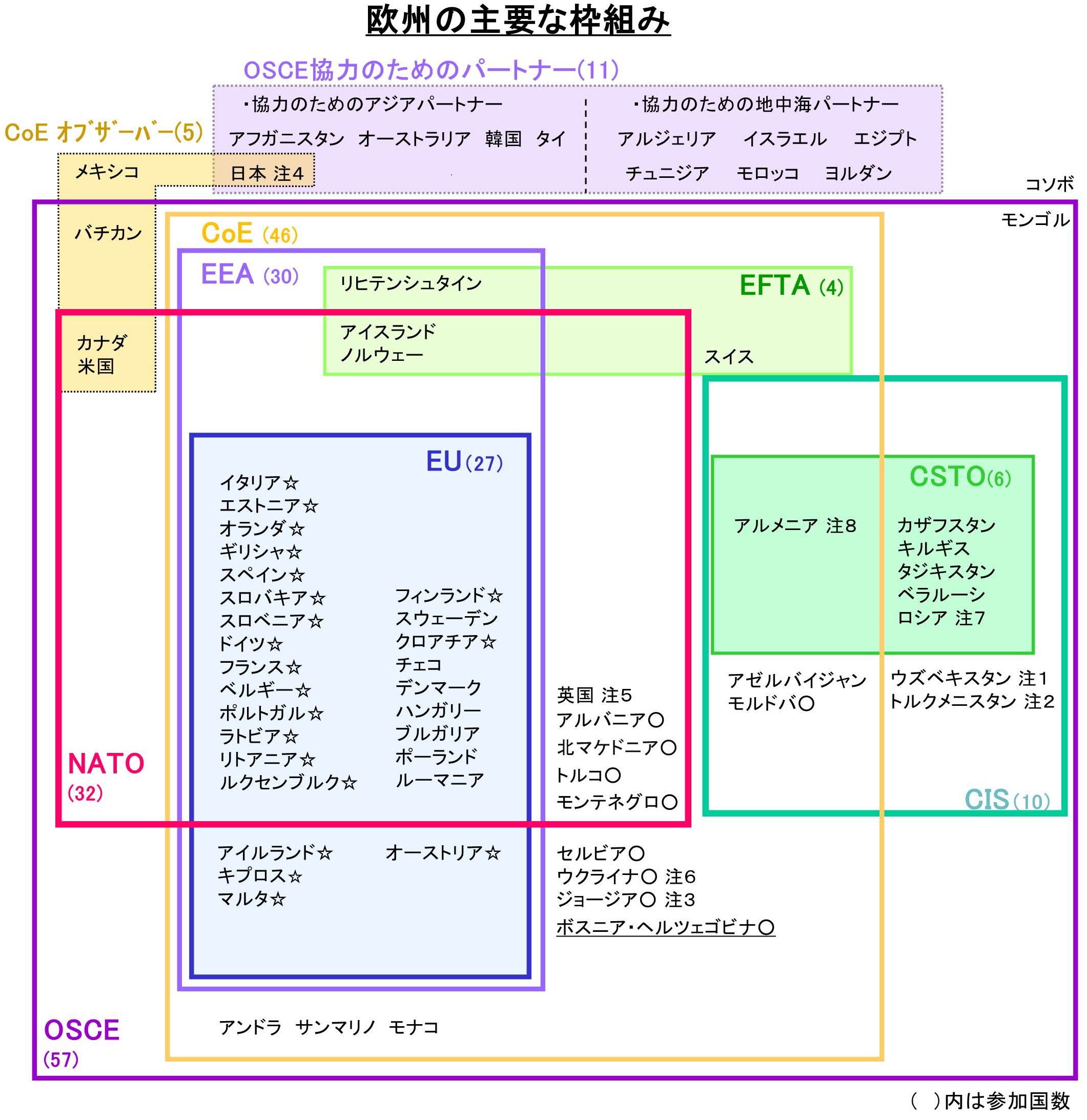ざっくり、”EV車は環境に良い”とは一括りにできないのですよね。
電力システムにどのようなエネルギーを供給しているかが重要であり、また自動車を充電する時間帯にもよる、とのこと。
HEV、PHEVとの比較がないのが残念ですが、世界のEVシフトは変えようがありませんから、日本のメーカーもその土俵で戦わなくてはなりません。
ガソリン車で追いつくことができない中国の戦略かと思いきや、実は日本車に押されている欧州車の生き残りをかけてのゲームチェンジとの指摘も聞かれます。
FCVが究極のクリーンカーではないかと密かに思っているのですが・・・次のカードは?
エネルギー関連のワードが盛り沢山の今回のVOA。
英語を磨き、世界の現状を知ろう!!
電気自動車は環境にやさしいのか?
Do Electric Cars Help the Environment?
November 14, 2021
電気自動車(EV)は、世界の地球温暖化対策の強力な武器となっています。しかし、電気自動車の効果は、あなたがどの国にいるかによって異なります。いくつかの国では、電気自動車がガソリン車よりも多くの炭素ガスの放出につながることが、新しい研究で明らかになりました。
Radiant Energy Group(REG)は、ガソリン車と電気自動車を充電したときに発生するガスの排出量を比較しました。この研究では、テスラモデル3を充電して100km走行した場合の排出量と、平均的なガソリン車を同じ距離で走行させた場合の排出量を比較しました。
電気自動車の充電がガソリン車よりもクリーンな国は、hydroelectric power水力発電、nuclear power原子力発電、solar power太陽光発電を多く使用しています。
電気自動車の販売台数が最も伸びているのはヨーロッパです。REG社のデータによると、ポーランドやコソボでは、電気システムに石炭を多く使用しているため、電気自動車による二酸化炭素の排出量が多くなっています。
しかし、他のヨーロッパ諸国では、電気自動車の導入によって排出量が削減されています。炭素ガスの削減量は、電力システムにどのようなエネルギーを供給しているか、また自動車を充電する時間帯によって異なります。
電気自動車によるcarbon gas炭素ガス削減効果が大きい国は、原子力発電や水力発電を多く利用しています。1位はスイスで、ガソリン車に比べて100%の二酸化炭素削減効果がありました。次いでノルウェーが98%、フランスが96%、スウェーデンが95%、オーストリアが93%となっています。この調査は、欧州の電力使用量に関する公開データと欧州環境機関(EEA)のデータに基づいて行われました。
最も低い節約率を示した国は、キプロスの4%、セルビアの15%、エストニアの35、オランダの37%でした。ドイツのEVドライバーは、ガソリン車に比べて温室効果ガスの排出量を55%削減しています。ドイツでは、再生可能エネルギーと石炭を組み合わせて電力を生産しています。
ドイツとスペインは、太陽と風から多くの電力を生み出しています。しかし、太陽や風が一日中均等に電力システムに加わるわけではありません。
そのため、EVに乗ることで削減できるCO2の量は、充電する時間帯によって異なります。太陽と風が多い午後に充電すると、ガスや石炭を使用している可能性が高い夜間に比べて、16〜18%多くの二酸化炭素を削減できます。

Carbon emissions avoided by electric vehicles電気自動車によって回避される二酸化炭素排出量
この研究結果は、グラスゴーで開催されたthe United Nations' climate meeting国連気候変動会議で、交通に関する協議が行われる水曜日の直前に発表されました。この会議では、国、企業、都市のグループが、2040年までにガス自動車の製造を中止することを約束しました。
しかし、この研究では、自動車業界が排出量を削減できるかどうかは、各国の電力システムがどのような方法で電力を生産するかに依存することが示されました。欧州の国々は、二酸化炭素の排出量を削減する方法や、ある種の再生可能エネルギーをシステムに蓄える方法を解決していません。
近年、電気自動車とガソリン車の排出量の差は縮まってきています。欧州では、自動車メーカーはEUの炭素削減基準を満たすことが求められており、ガソリンエンジンの燃費を向上させてきました。その結果、欧州では2006年から2016年の間に、ガソリン車の新車の炭素排出量が平均25%減少したとEEAの情報は伝えています。
※EEA:European Economic Area の略、欧州経済領域
欧州でのEV販売は、政府の支出と2035年以降のガソリンエンジン車の新車禁止ルールに支えられています。今年の7月から9月にかけて欧州で販売された自動車のうち、約5台に1台が電気自動車でした。
General Motors、Stellantis、Volkswagenなどの自動車メーカーは、今後数年間に欧州で主に電気自動車を販売する目標を設定しています。米国の自動車メーカーであるゼネラルモーターズは、2022年までにすべての新型電気自動車を用意すると述べています。
Do Electric Cars Help the Environment?
November 14, 2021
FILE - A Tesla electric vehicle charges at a station in Topeka, Kansas, April 5, 2021.
Electric vehicles (EVs) are a strong weapon in the world's efforts against global warming. But the effects of EVs depend on what country you are in. In some nations, electric vehicles lead to the release of more carbon gasses than gasoline cars, new research shows.
The Radiant Energy Group (REG) compared gas emissions caused by a gasoline vehicle and from charging an electric vehicle. The study compared the emissions caused by charging a Tesla Model 3 to drive 100 kilometers with the emissions coming from an average gasoline car driven the same distance.
Countries where charging an electric vehicle is cleaner than driving a gasoline-powered car use a lot of hydroelectric, nuclear or solar power.
Sales of electric cars are rising the fastest in Europe. Data from REG suggests that EVs in Poland and Kosovo actually create more carbon emissions because their electric systems depend so much on coal.
In other European countries, however, EVs result in reduced emissions. The carbon gas reduction depends on what energy supplies electricity systems and the time of day vehicles are charged.
The countries with the biggest carbon gas savings from EVs use a lot of nuclear and hydroelectric power. First was Switzerland at 100 percent carbon savings over gasoline vehicles. Next was Norway at 98 percent, France at 96 percent, Sweden at 95 percent and Austria 93 percent. The research was based on public data on Europe’s electricity usage and the European Environment Agency (EEA).
The countries which showed the lowest savings were Cyprus at four percent, Serbia 15 percent, Estonia 35 percent and the Netherlands 37 percent. An EV driver in Germany reduces greenhouse gas emissions by 55 percent over a gasoline car. Germany uses a mix of renewable energy and coal to produce electricity.
Germany and Spain create a lot of electricity from the sun and wind. But the sun and wind do not add to a country’s electricity system equally throughout the day.
For this reason, the amount of carbon emissions saved by driving an EV depends on the time of day it is being charged. Charging in the afternoon, when there is more sun and wind, saves 16 to 18 percent more carbon than at night when electricity systems are more likely to be using gas or coal.
The study was released just before Wednesday's talks on transportation at the United Nations' climate meeting in Glasgow. During the meeting, a group of countries, companies and cities promised to stop making gas-powered cars by 2040.
But the study showed how the auto industry's ability to reduce emissions depends on what national power systems use to produce electricity. European countries have not solved how to reduce carbon emissions and how to store some kinds of renewable energy in their systems.
The gap in emissions between electric and gasoline-powered vehicles has narrowed in recent years. In Europe, carmakers have been required to meet EU carbon reduction standards. They have made their gasoline engines more fuel-efficient. As a result, the carbon emissions of new gasoline-powered cars in Europe fell an average of 25 percent between 2006 and 2016, EEA information says.
EV sales in Europe are supported by government spending and rules against new gasoline engine cars after 2035. About one in five cars sold in Europe from July to September of this year were electric.
Automakers including General Motors, Stellantis and Volkswagen have set targets to sell mainly electric vehicles in Europe in the coming years. U.S. car manufacturer General Motors said it will have all new electric cars by 2022.
Words in This Story
emission — n. (often pl.) something that is sent out, given off or released
hydroelectric— n. of or relating to the production of electricity by using machines that are powered by moving water
charge –v. to put electricity into a device so that it will operate
greenhouse gases –n. (pl.) a number of gasses that trap heat and have been linked to warming in the atmosphere
gap –n. a difference between people or things
欧州と米中の思惑
EU域内の厳しい競争条件を域外にあえて輸出することで、域外の競争環境を改善する。つまりEU域内の厳しい気候変動対策に域外国をコミットさせることで、世界的な気候変動対策を促す。もちろん、そのうえでの技術覇権はEUが握る。
そうしたルールメーカーとしての復権に野心を燃やすEUだが、その目論見通りにコトが運ぶかはなお不透明だ。
最も憂慮される事態は、分厚い新車需要を抱える米中がEUへの対抗措置としてそれぞれ独自の規制を導入、市場から欧系メーカーを実質的に排除しようとする展開だ。
欧州の主要枠組み
外務省H.P.より
https://www.mofa.go.jp/mofaj/area/osce/s_kikou.html
略語解説
- CoE (Council of Europe):欧州評議会(47)
- CIS (Commonwealth of Independent States):独立国家共同体(11)
- CSTO (Collective Security Treaty Organization) :集団安全保障条約機構(6)
- EEA (European Economic Area):欧州経済領域(31)
- EFTA (European Free Trade Association):欧州自由貿易連合(4)
- EU (European Union):欧州連合(28)
- NATO (North Atlantic Treaty Organization):北大西洋条約機構(29)
- OSCE (Organization for Security and Co-operation in Europe):欧州安全保障協力機構 (57)

